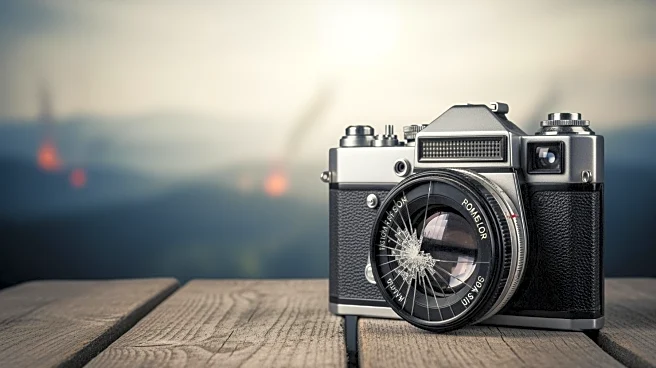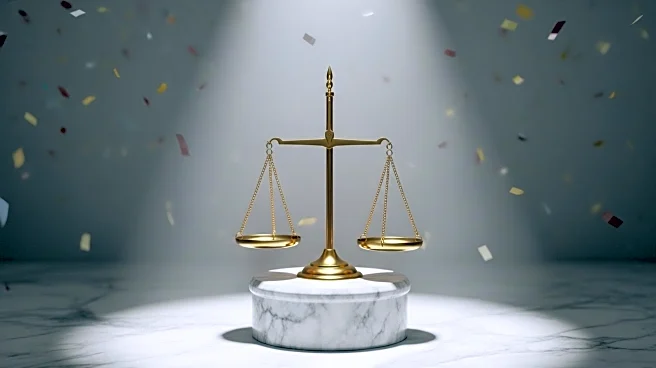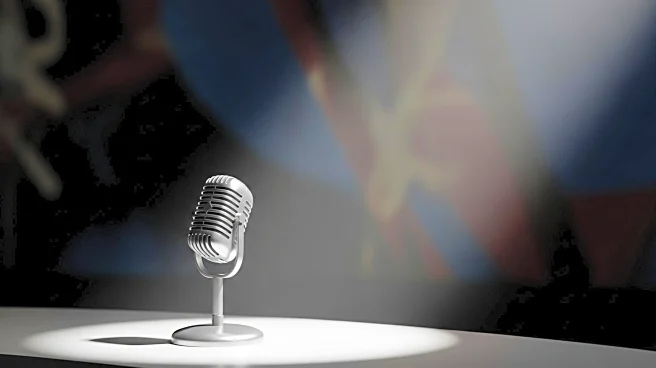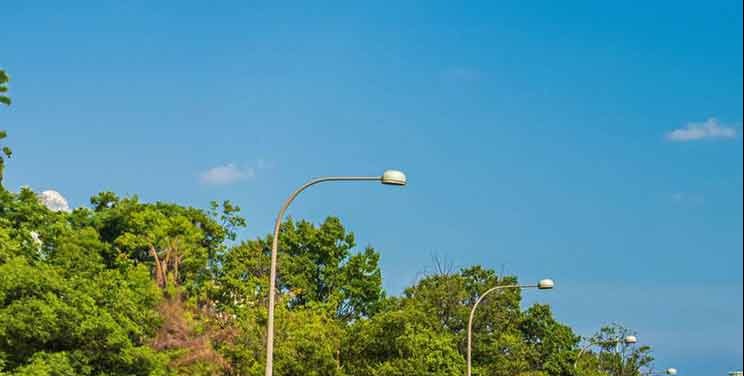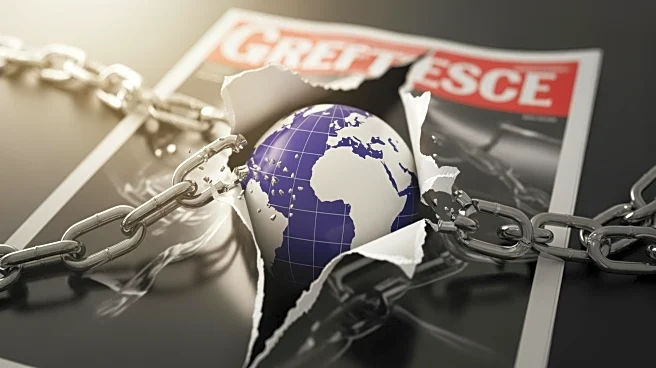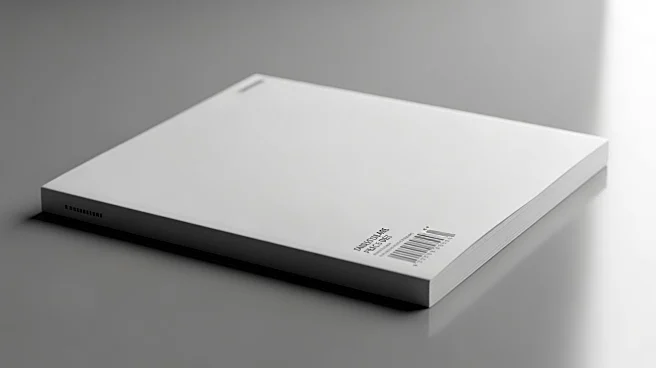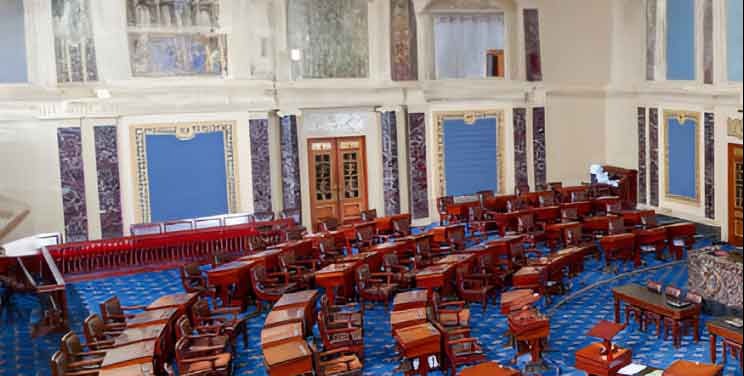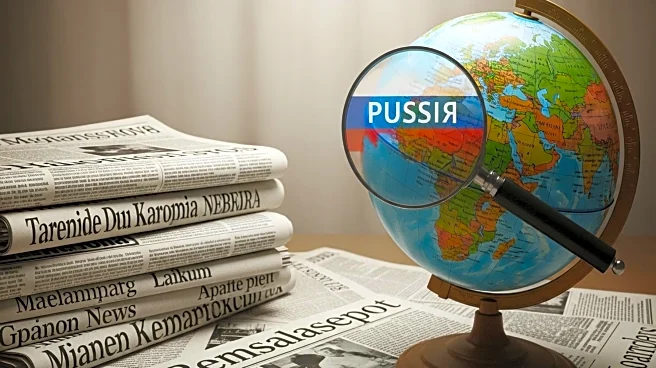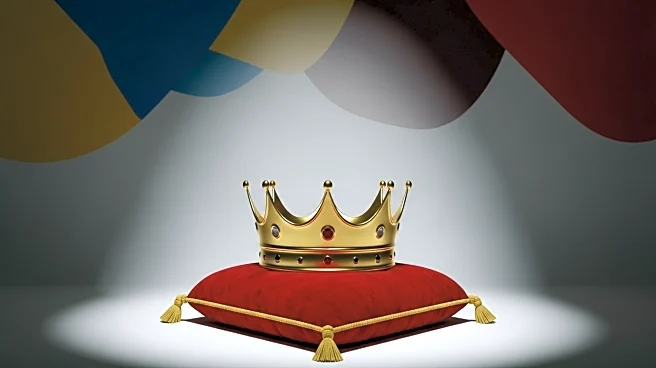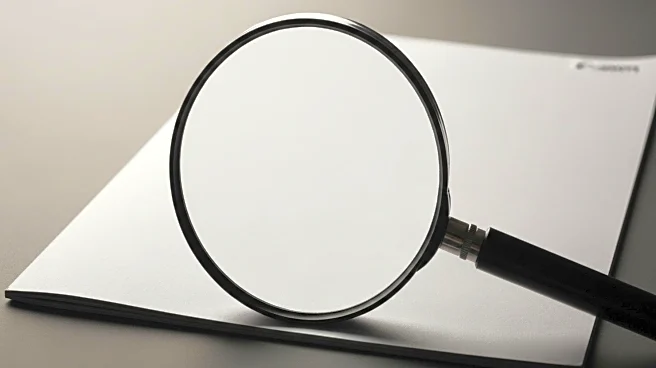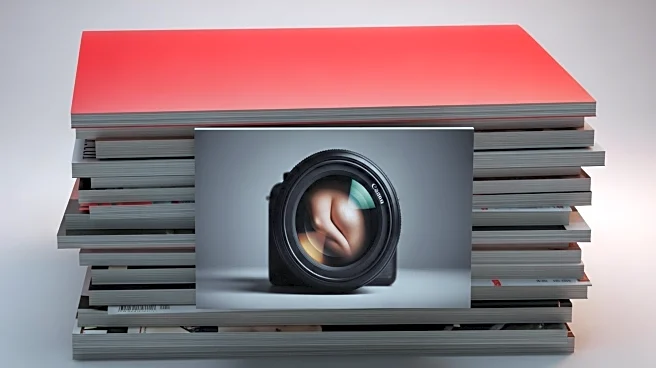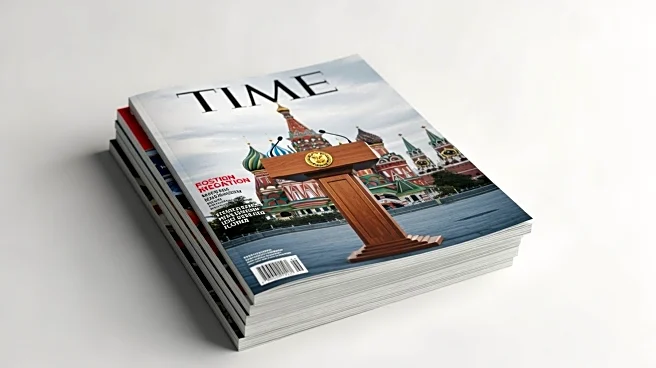What's Happening?
President Donald Trump has publicly criticized Time magazine for its cover photo on the November 10 issue, which celebrated his role in brokering a ceasefire in Gaza. The controversy arose from the photo's angle, which Trump claims made his hair appear
to vanish, leading him to describe it as the 'worst cover ever.' The image also seemed to create an illusion of a floating crown above his head. Trump's comments were shared on Truth Social, sparking widespread online debate and reactions from figures such as California Governor Gavin Newsom and Russian officials. Despite the magazine's focus on Trump's diplomatic achievement, the internet's attention largely centered on the altered appearance of his hair.
Why It's Important?
The incident highlights President Trump's sensitivity to media portrayals and his ongoing contentious relationship with the press. This public criticism underscores the influence of media imagery on political figures and their perception by the public. Trump's reaction may affect how media outlets approach visual representations of political leaders, potentially leading to more cautious editorial decisions. The broader significance lies in the intersection of media, politics, and public perception, where image can overshadow substantive achievements, such as the Gaza ceasefire. This event also reflects the power of social media platforms like Truth Social in amplifying political discourse and shaping public opinion.
What's Next?
The fallout from Trump's comments may prompt Time magazine and other media outlets to reassess their editorial practices regarding cover photos of political figures. It could lead to discussions about the ethical responsibilities of media in accurately representing public figures without altering their appearance. Additionally, Trump's criticism might influence future interactions between his administration and media organizations, potentially affecting press coverage of his diplomatic efforts. Stakeholders, including political leaders and media professionals, may engage in dialogue about the balance between artistic expression and factual representation in journalism.
Beyond the Headlines
This incident raises questions about the ethical implications of photo editing in journalism, particularly when it involves public figures. The debate touches on the cultural dimensions of image and identity, where alterations can impact perceptions of authority and credibility. Long-term, this could influence public trust in media outlets and their role in shaping political narratives. The event also highlights the cultural significance of personal image in politics, where appearance can become a focal point of public discourse, overshadowing policy achievements.
